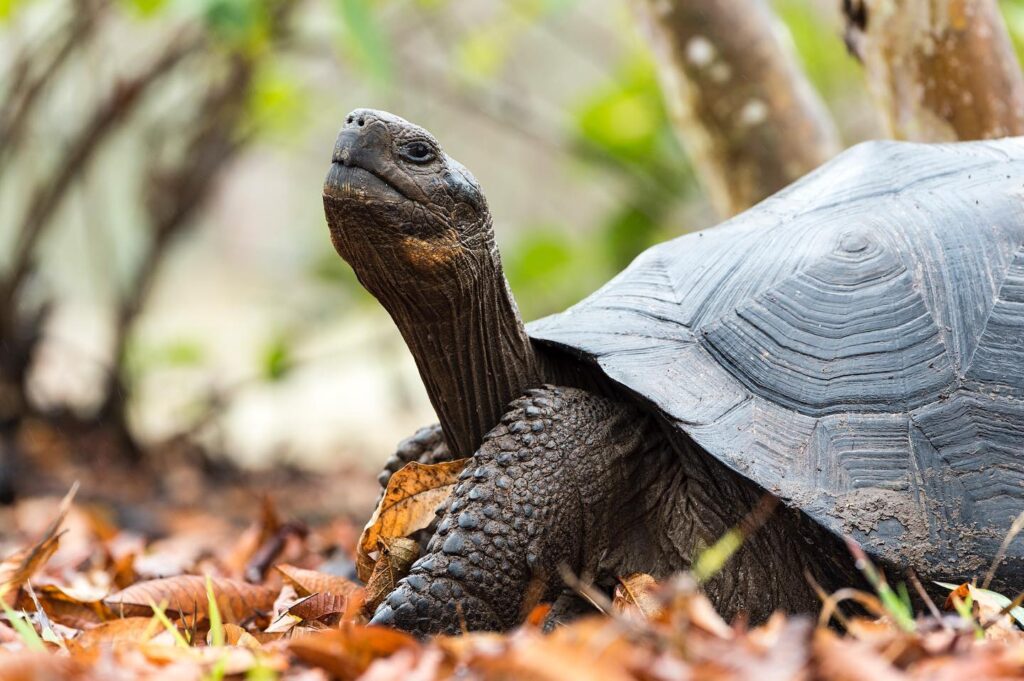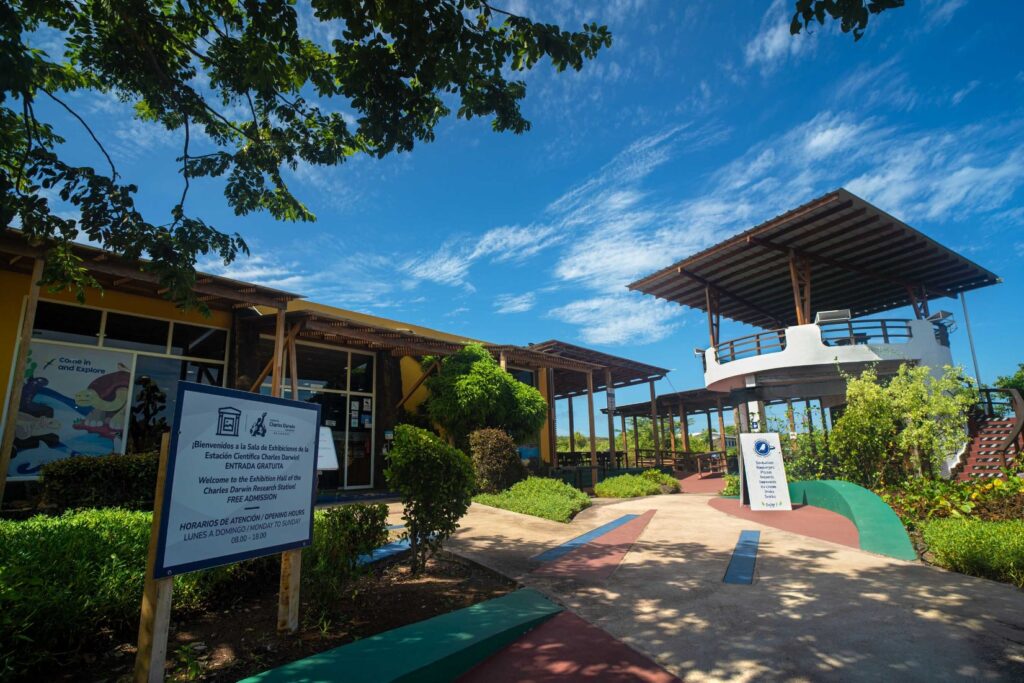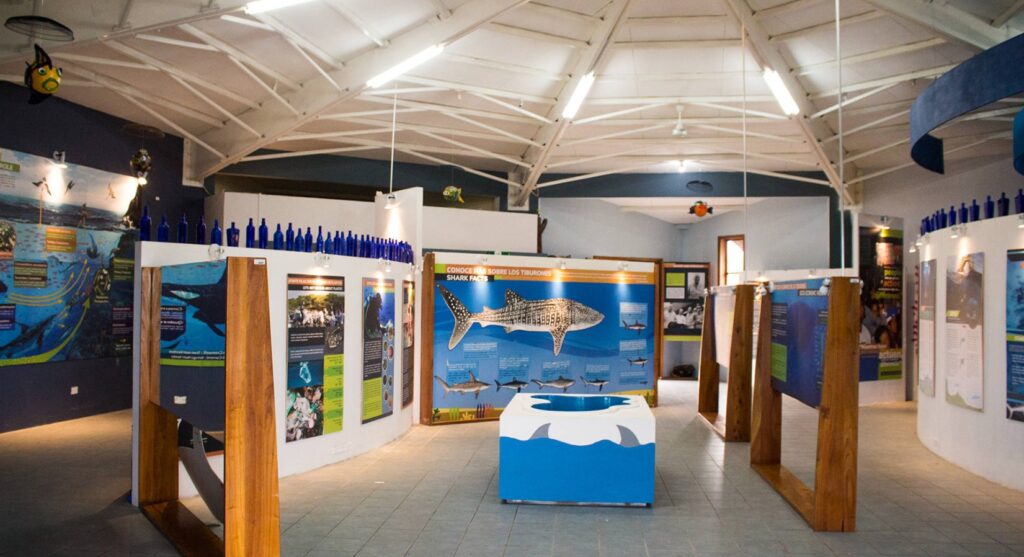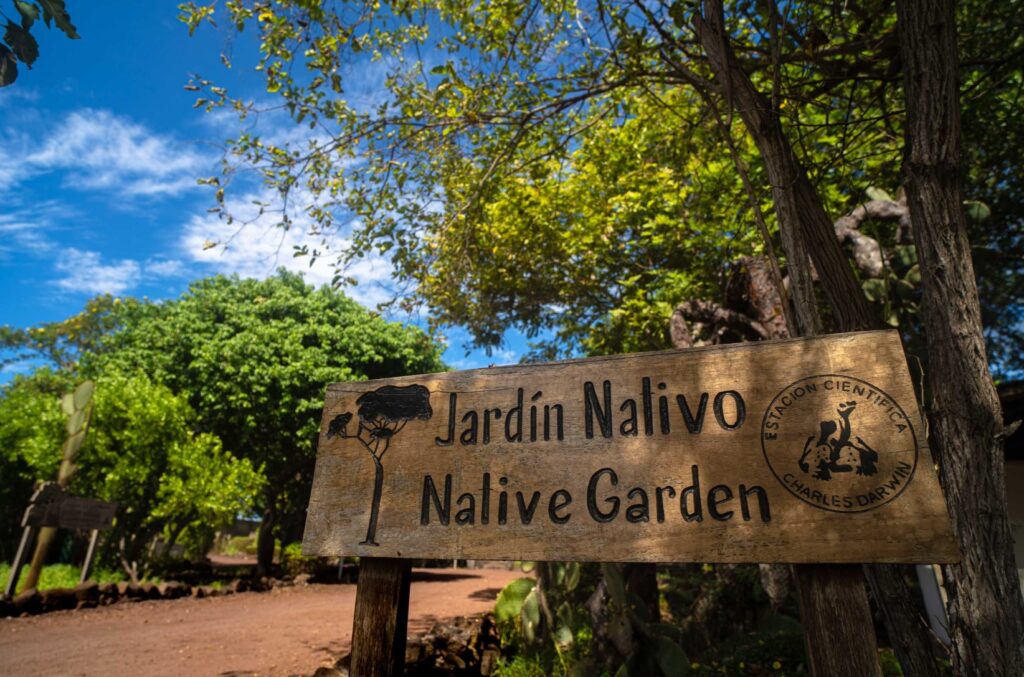Any visit to the Galapagos will rightly showcase the archipelago’s extraordinary wildlife – after all, it’s hard to miss, with sealions sprawled on every beach, iguanas scampering across the earth, blue-footed boobies dancing on the trails and giant tortoises lumbering through the undergrowth.
Below the waves is no different. Sea turtles paddle gently through the water, as penguins and tropical fish dart across your eyeline. Rays and sharks glide through the depths, whilst yet more sealions frolic in the shallows, keen to show off their remarkable agility.

The Galapagos is rightly famous for its charismatic and photogenic creatures, with this incredible chain of islands known the world over as a nature-lover’s paradise – something we are well aware of here at Ecoventura, carefully crafting our itineraries to allow guests to enjoy the flora and fauna at its finest.
And for those looking to learn a little more about the creatures that inhabit these islands, as well as some of the conservation efforts that go in to protecting them, the good news is that both of our voyages take visitors to the Charles Darwin Foundation’s (CDF) Research Station.
So whether you’re enjoying our “Volcanic Wonders” or “Beaches and Bays” voyage – and for those struggling to decide between the two, take a look at this blog for some useful pointers – you’ll be able to learn more about the great work the CDF are doing, in partnership with Ecoventura.

Image courtesy of the Charles Darwin Foundation
With our highly knowledgeable and passionate guides accompanying you every step of the way and ready to answer any questions you might have about the wildlife you encounter on an Ecoventura voyage, a visit to the Station is a great way to add an educational element to your trip and expand your mind whilst visiting the islands.
The Research Station, located just outside Puerto Ayora on Santa Cruz Island, was built for conservationists and scientists to be used as a base for their research, supporting the National Park Directorate in their conservation and regeneration work.
With an exhibition hall, museum and native gardens, the CDF Research Station is a must-see spot for visitors to the Galapagos. Learn about the first captive breeding program for giant tortoises (developed by scientists at the Research Station), or how plans to establish the Galapagos Marine Reserve (recently expanded to further protect migratory and endemic marine species) were first put in to action.

Image courtesy of the Charles Darwin Foundation
The CDF themselves have outlined five places any visitor to the Station can’t afford to miss, including new exhibitions and a lab open to visitors:
Exhibition Hall
Learn about the history of the CDF and the projects being overseen at the Research Station and beyond. Visitors will also be able to learn more about the rich biodiversity of the islands and the wildlife that you will come face to face with during the rest of the week with us!
Marine World
Also known as the Van Straelen Interpretation Centre, the Marine World exhibition is the place to be if you want to know more about the sharks that live in the waters around the islands. The different shark species in the Galapagos are vital to the marine ecology, but face many threats beyond the marine reserve. Learn about the challenges facing shark conservation efforts, and the deep-sea methods used to study these remarkable species.

Image courtesy of the Charles Darwin Foundation
Native Gardens
Featuring a variety of native and endemic plant species, the gardens surrounding the Research Station are a peaceful spot to stretch your legs, take some air and enjoy the alluring Galapagos sunshine. Paths wind their way through the verdant trees, and visitors are welcome to explore at their leisure.

Image courtesy of the Charles Darwin Foundation
Charles Darwin Statue
In honour of the Foundation’s namesake, and the scientist who did so much to develop modern evolutionary theory via his seminal work On the Origin of Species, a statue of Charles Darwin stands proud outside the Station for guests to visit. Darwin famously spent time in the Galapagos islands in 1835, with his visit inspiring him to formulate his famous theory. Darwin’s visit also inspired us – our luxury expedition yachts Origin and Theory – and Evolve, due to launch in early 2023 – are of course named in honour of his works.
The Philornis Lab
The Avian Vampire fly, Philornis downsi, is a major threat to birdlife in the islands. The parasitic larvae of the flies feed on the hatchlings and chicks of various birds, most notably of the group of birds known as Darwin’s finches, meaning that several of them are now greatly endangered. Stop by the lab to learn more about this invasive species, the impact it is having on the Galapagos’ bird population, and efforts being taken by conservationists to tackle the threat.
If you’d like to know more about booking a trip to the Galapagos to have a closer look around the islands and the CDF Station, please feel free to get in touch with the team and we would be delighted to help!




